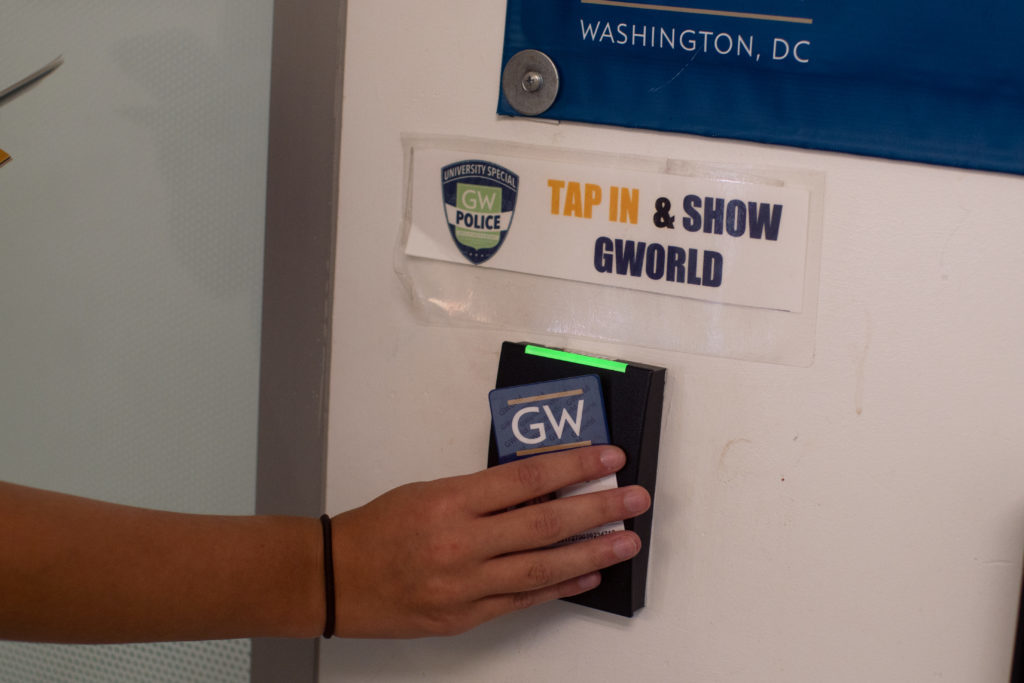Officials announced a three-year plan to enhance campus accessibility across University buildings in an email to the University community Wednesday, funded by a $22 million investment in physical renovations.
Executive Vice President and Chief Financial Officer Mark Diaz introduced the accessibility project along a series of newly completed updates to campus security, which equipped all University buildings with electronic access and registered all students for mobile alerts and advisories from a new emergency notification system. Diaz said the accessibility project will span campus buildings including Potomac House, The Aston and Somers, Ames and Francis Scott Key halls, where officials will redesign or reconstruct stairways, ramps, doors and elevators among other upgrades.
“We have completed a comprehensive review of building accessibility and committed significant resources to projects over the next three years that will ensure all of our buildings are accessible and compliant with the Americans with Disabilities Act,” he said in the email. “The projects are well underway so be on the lookout.”
Diaz said the University kicked off the accessibility improvement projects at the turn of the new fiscal year in July after the Board of Trustees approved the budget for the renovations this spring. He said GW commissioned a pair of assessments on University facilities and campus accessibility in 2020, which yielded the findings that officials will use to guide the renovations.
“Once we got that approved in late spring, over the summer, we started to assemble all these projects, started to get the bid out and they became real,” he said in an interview. “So they’re all now in different varying stages of the process.”
Diaz said the University’s completed access control updates will equip buildings with personalized tap and allow GW Police Department officers to lock doors remotely. GWPD officers will also respond to classrooms that faculty lockdown with new emergency buttons that were installed in classrooms earlier this fall as part of the finished project.
Diaz said the upgrade to an electronic access control platform, moving away from physical keys that community members used to use to enter buildings and rooms, enables these quick emergency responses and can shut off access to all campus buildings.
“We can now say that every residential unit, every building, every classroom in GW on all campuses now are equipped with electronic access,” Diaz said. “We have the ability now to, ‘with the push of a single button’ – and I put quotes around that because it’s not literally a button, it’s a virtual platform — we can lock down the entire University.”
Diaz said officials are testing technologies to better monitor who enters campus buildings and enforce entry violations, including “tailgating,” when people enter buildings behind students without showing identification.
He said officials installed a new integrated emergency notification platform this fall called Informacast, owned by tech company Singlewire Software, this fall. Diaz added that officials are continuing to compile faculty and staff phone numbers, so all GW community members can receive advisories and alerts.
“This will help reduce response times and expand outreach when both are needed the most,” he said. “The system can alert cell phones, university computers, campus IP phones and digital signs simultaneously.”








